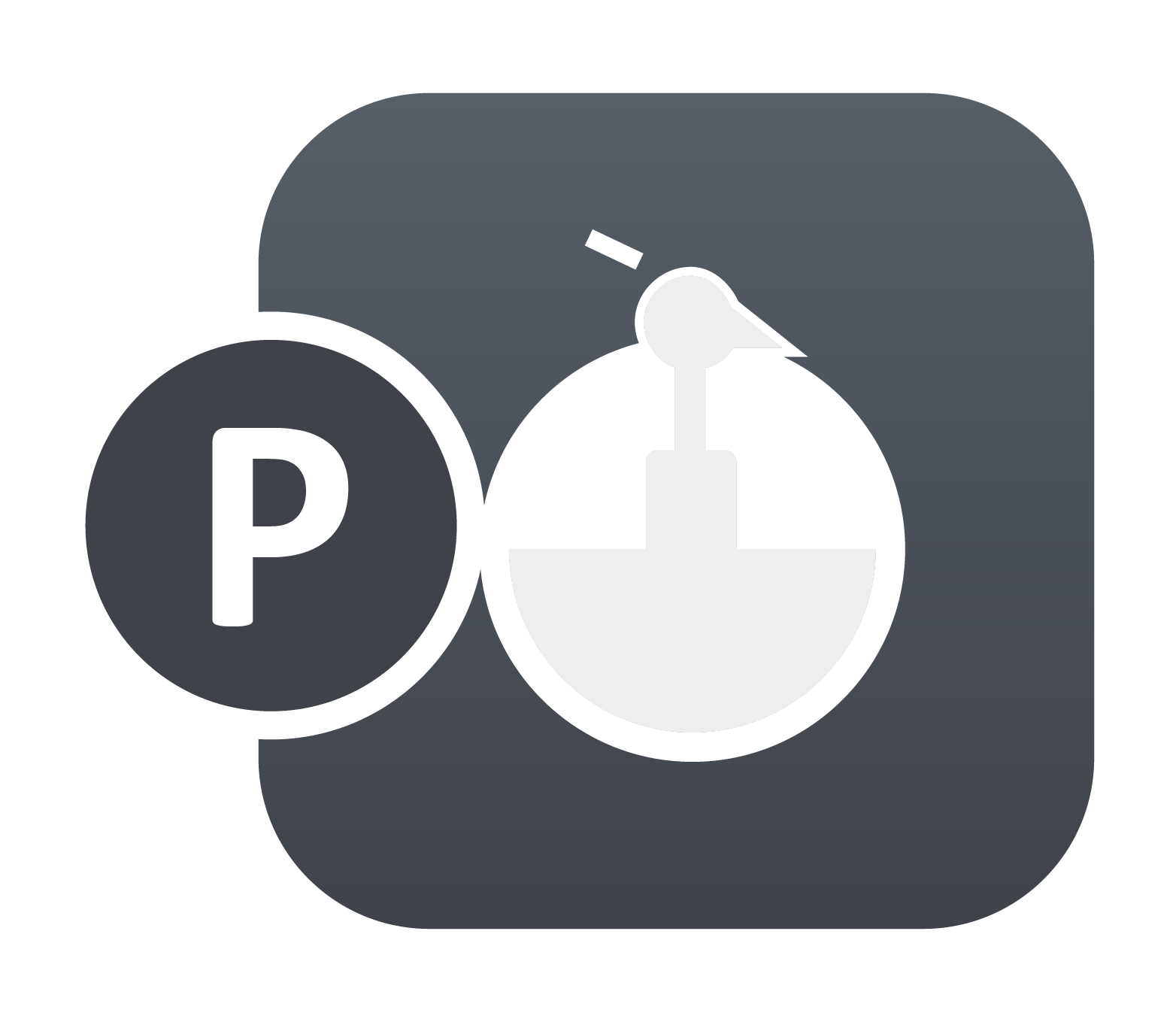Limitations of Using LCSR for Strain-Rate Inclusion in MAT_024
The widely popular material model *MAT_PIECEWISE_LINEAR_PLASTICITY (MAT_024) supports various methods to include the strain-rate effects. One of the methods is the scaling of the quasi-static stress-strain curves using a load-curve, LCSR, that defines a scale-factor as a function of strain-rate. This method works by first finding the yield-stress, SIG_QUASI_STATIC, as a function of the effective…












